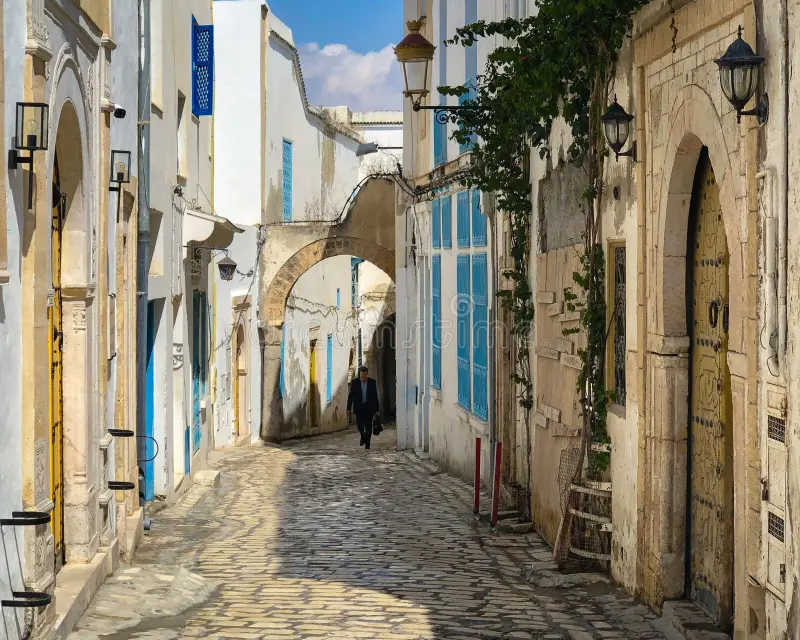
The Medina of Tunis, a UNESCO World Heritage Site, is the historical heart of Tunis. Established in the 7th century, it has been the residence of various rulers, from the Aghlabids to the Husainids, which has resulted in a unique and diverse architectural landscape. The Medina is home to over 700 monuments, including palaces, mosques, mausoleums, and funduqs, making it a treasure trove for architects and historians alike.
The Medina's urban planning showcases the traditional Islamic city structure, characterized by narrow, winding alleys designed to provide shade and reduce wind speed. The architectural styles present in the Medina range from early Islamic to Ottoman, each leaving its unique imprint. Architects will appreciate the intricate decorative elements, such as geometric patterns, Arabesque motifs, and calligraphy that adorn the structures.
The Medina of Tunis boasts an impressive collection of architectural marvels. Here are some must-visit sites for architects:
The Medina of Tunis has seen significant efforts towards preserving its architectural heritage and repurposing historical structures in recent years. For architects, understanding these initiatives provides insight into how to approach similar challenges in other historic cities:
Architects can learn from and be inspired by the local artisanal crafts prevalent in the Medina, such as ceramics, mosaics, woodwork, and textiles, which display a high level of skill and creativity.
Various organizations provide guided architectural tours of the Medina, allowing architects to delve into the intricacies of its structures and urban planning. Architectural tours often include insights from historians and architects, providing a deeper understanding of the buildings and their historical context.
Several organizations also conduct specialized workshops where architects can learn traditional Tunisian building techniques and crafts, such as zellige (mosaics) and stucco decoration. These hands-on experiences provide architects with fresh perspectives and skills to incorporate into their own work.
The architectural styles in the Medina of Tunis range from early Islamic to Ottoman, reflecting the various ruling dynasties' influences throughout time.
Adaptive reuse has been successfully applied in the Medina of Tunis through the conversion of historical buildings like Dar El Jeld and Fondouk El Attarine into museums, cultural centers, and artisanal workshops.
Architects can gain inspiration from various Tunisian artisanal crafts, such as ceramics, mosaics, woodwork, and textiles, which showcase intricate patterns, designs, and techniques.